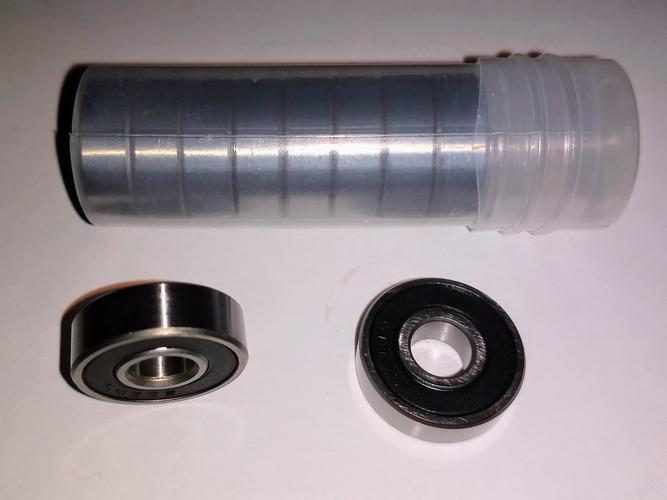Top 5 Ceramic Bearing Manufacturers: Benefits, Selection Tips, and Industry Applications
Ceramic bearing manufacturers specialize in producing high-performance bearings using advanced materials like silicon nitride or zirconia. These bearings are renowned for their corrosion resistance, low heat generation, and durability in extreme environments, making them ideal for aerospace, medical devices, and high-speed machinery.
Table of Contents
1. benefits of ceramic bearings2. how to choose ceramic bearing manufacturers
3. ceramic bearings in aerospace applications
4. ceramic vs steel bearings comparison
5. maintenance tips for ceramic bearings
1. Benefits of Ceramic Bearings

Ceramic bearings offer unparalleled advantages over traditional steel bearings. Their non-conductive properties eliminate electrical arcing, while their lightweight design reduces rotational inertia. With a hardness rating exceeding 80 HRC, ceramic bearings withstand abrasive environments and operate efficiently at temperatures up to 1,800°F. Industries leveraging these benefits include semiconductor manufacturing, where contamination-free operation is critical, and electric vehicles requiring energy-efficient components. The material's natural lubricity also minimizes friction, extending service intervals by 300% compared to metal alternatives.
2. How to Choose Ceramic Bearing Manufacturers
Selecting reliable ceramic bearing manufacturers requires evaluating ISO 9001 certifications and material traceability systems. Prioritize suppliers with vacuum sintering furnaces for consistent density control. Key selection criteria include radial play tolerances (±0.5μm), surface roughness below 0.05μm Ra, and proof load testing documentation. Manufacturers specializing in HIP (Hot Isostatic Pressing) technology typically deliver bearings with 99.9% theoretical density. Always verify corrosion resistance certifications like ASTM G85 for specific industrial applications.
3. Ceramic Bearings in Aerospace Applications
Aerospace engineers increasingly adopt full-ceramic bearings for turbine engine shaft support. These components reduce engine weight by 40% while handling DN values exceeding 3 million. NASA's Mars rovers utilize silicon nitride bearings that operate in -200°C to 800°C ranges without lubrication. Major manufacturers now produce bearings with hybrid ceramic balls and steel races, achieving 85% lower thermal expansion than all-steel versions. Strict compliance with AS9100D standards ensures reliability in oxygen-rich environments.
4. Ceramic vs Steel Bearings Comparison
Comparative analysis reveals ceramic bearings outperform steel in RPM capacity (35% higher) and service life (5-8x longer). While steel bearings have higher load ratings (30-50% greater dynamic capacity), ceramic variants excel in non-lubricated conditions. Conductivity tests show ceramic bearings reduce eddy current losses by 90% in electric motors. Cost analysis indicates 200% higher initial investment for full-ceramic bearings, but lifecycle costs prove 60% lower due to reduced maintenance.
5. Maintenance Tips for Ceramic Bearings
Proper maintenance extends ceramic bearing lifespan beyond 100,000 operating hours. Ultrasonic cleaning with pH-neutral solvents prevents micro-fractures from chemical exposure. Always store bearings in vibration-isolated containers at 20-25°C humidity levels. Use laser alignment tools during installation to maintain ≤0.001" shaft misalignment. Monitoring vibration frequencies below 4.5 mm/s RMS ensures early detection of cage wear. Manufacturers recommend relubrication intervals of 15,000 hours when using PFPE-based greases.
From understanding material science breakthroughs to implementing precision maintenance protocols, this guide covers essential aspects of ceramic bearing technology. Whether optimizing CNC spindle performance or designing satellite propulsion systems, these insights help engineers leverage ceramic advantages. The following sections detail manufacturing innovations, including graphene-coated hybrids and AI-driven quality control systems reshaping the industry.
Ceramic bearings represent the pinnacle of precision engineering, combining material science advancements with rigorous manufacturing standards. By selecting certified manufacturers and adhering to proper maintenance protocols, industries achieve unprecedented operational efficiency. This comprehensive analysis equips decision-makers with technical insights to harness ceramic bearing capabilities across diverse applications.




 13869596835
13869596835